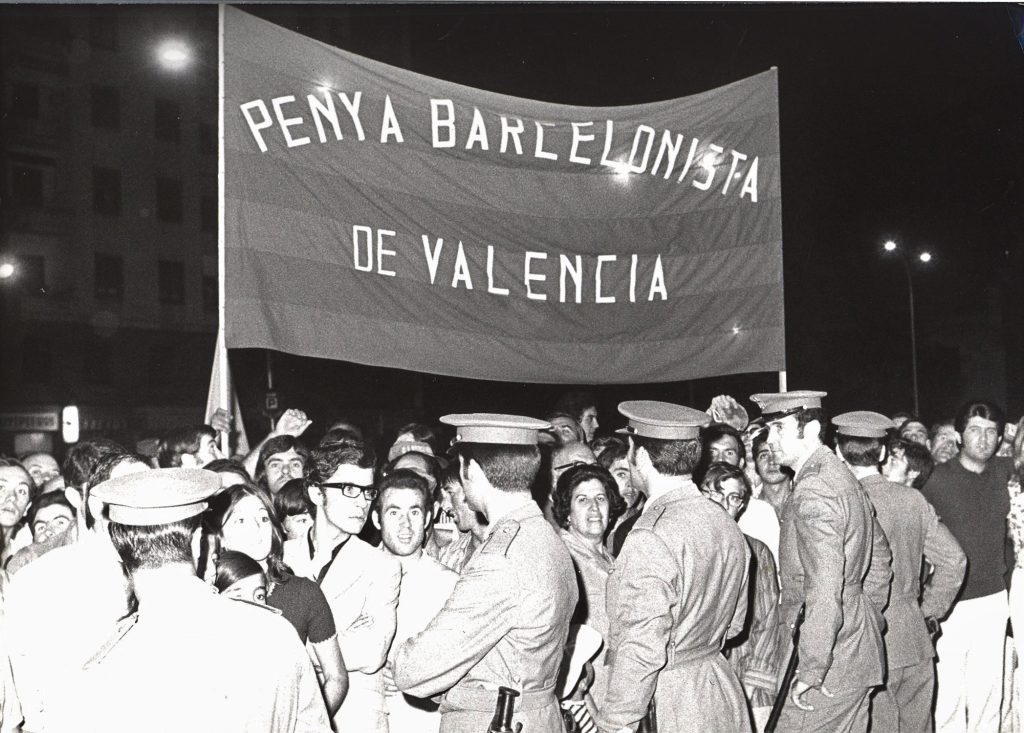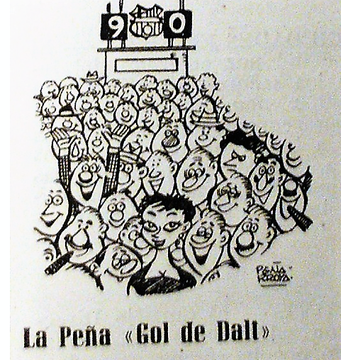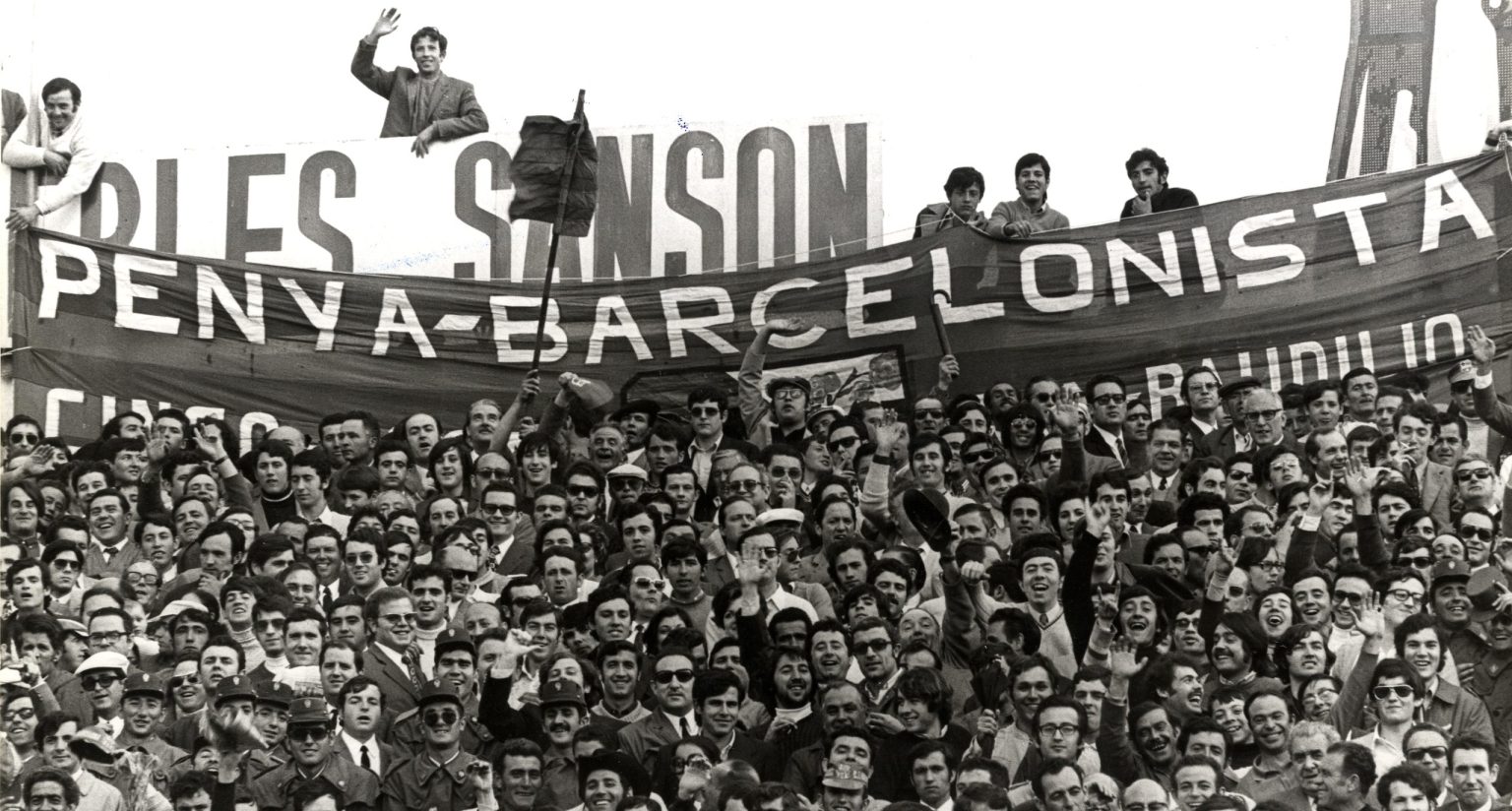FC Barcelona had not yet completed its first twenty years when the Club’s members were already moving among sporting groups known as the Fourth Teams and also among opposing internal tendencies, where the polemics between the followers of the military man Peris de Vargas (with monarchist tendencies) and the new friends of Gamper (with Catalanist tendencies) were quite frequent. This is shown by some of the minutes or press writings between 1915 and 1920.
On 19 June 1919, Ricard Graells, who was probably the most Catalanist leader in the history of FC Barcelona, took over as president for the first time. In that context, there was a fourth team, “Els Apàtics”, which had come to call itself a “penya” and organised social events, often leaving sporting activities to one side. They simply organised dances in squares in Barcelona, to which they invited some players and members.
This fourth team had a close relationship with the Alcántara Regiment in Barcelona, so behind it there were military and monarchist members and, most likely, the former president of FC Barcelona, Peris de Vargas. Given that the Club’s statutes stated that each presidential term lasted only one year, it is not surprising that President Graells saw these events more as an electioneering manoeuvre by opponents than as a simple initiative to broaden Barça passion.
First reference to a “penya”
We don’t know how it came about or where it came from, but it is certain that last Sunday 21 July marked the 105th anniversary of a meeting of the FC Barcelona Board of Directors in which permission was granted to a new penya, the Penya Barcelonista del FC Barcelona, to organise a ball on the day of the Saint James festival. The venue was the best one: the Camp del carrer Indústria, the home ground of the first team’s great successes. This was the first time that a FC Barcelona penya had been made official.
Graells’ move, perhaps unintentionally, was the starting point of a social phenomenon never seen before in any club on the planet, and which has evolved through conflicts, wars and dictatorships to reach the peak of the second decade of the 21st century, when there were more than 1,200 Barça supporters’ clubs. All of them built a structure that began with the territorial federations and culminated in the movement’s global representative body: the World Confederation of FC Barcelona Supporters’ Clubs.
105 years as a global benchmark
This is not what makes Barça “Més que un Club”, but it does make it the most developed and organised club on the planet on a social level. There are very significant images of this story and it is difficult for us to choose, but in the end we considered these three:



One from La Vanguardia, precisely on the day the aforementioned ball was organised. The second, from the oldest penya in Valencia, born in 1970 and with some of the great figures of Catalan nationalism, a fact which led to close surveillance by the Francoist police, as can be seen in the picture. The last photo is an amusing vignette dedicated to the Penya Gol de Dalt, the longest-lived in history; officially created in 1935 and finished in 2014.
This piece is dedicated to all the FC Barcelona supporters’ clubs, in recognition of their great effort to take the name of FC Barcelona to every corner of the planet in a totally altruistic way. It is dedicated to those who created supporter’’ clubs that have survived to the present day; even in the midst of the dictatorship, where winning any title had the added value of sweating it out against all the elements and where sometimes you had to hide away just to listen to the Barça match together on one of those old radio sets.
Text extracted from the book "Ambaixades: La Història de les Penyes" by Salva Torres.






